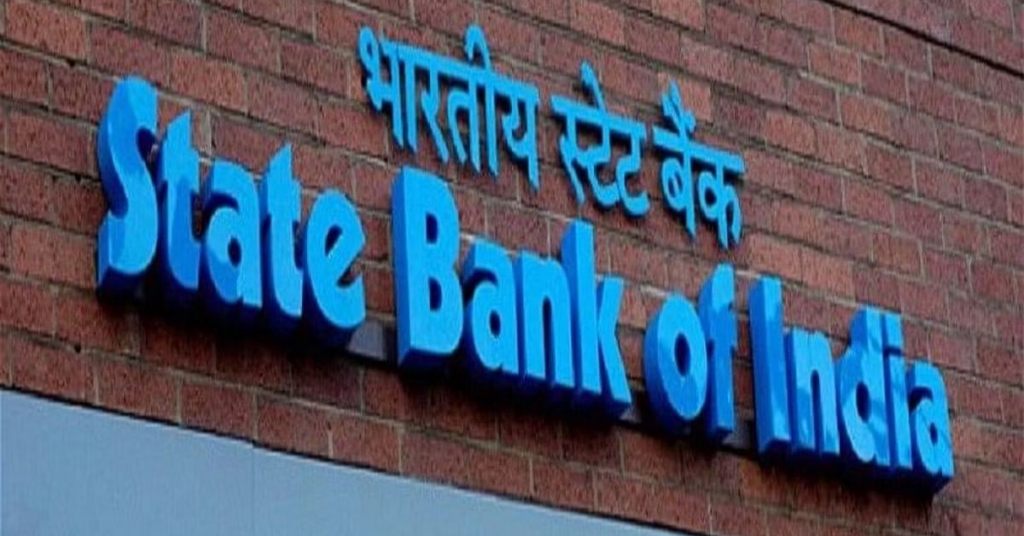
India’s current economic outlook presents a mixed bag. While growth remains relatively robust, fuelled by strong domestic demand and government spending, inflationary pressures persist. The recent easing of global commodity prices offers some respite, but the impact on domestic inflation remains to be seen. The Reserve Bank of India (RBI) faces a delicate balancing act: maintaining economic momentum while anchoring inflation expectations. The ongoing geopolitical uncertainty, particularly the conflict in Ukraine, continues to pose significant downside risks to the global economy, potentially impacting India’s growth trajectory.
Inflation, although showing signs of moderation, still remains above the RBI’s target range. Food prices, a key component of the consumer price index, have been volatile, impacted by weather patterns and supply chain disruptions. The MPC will carefully consider these factors when making its decision on the interest rate on April 9th. The persistence of core inflation, which excludes volatile food and fuel prices, suggests underlying inflationary pressures remain. The RBI’s monetary policy committee needs to navigate this complexity to avoid both a sharp economic slowdown and uncontrolled inflation.
The recent SBI report anticipates a 25 bps rate cut, reflecting a belief that inflation is likely to cool further in the coming months. However, this view is not universally shared, with some analysts expecting the RBI to maintain a cautious stance given the lingering uncertainty. The MPC’s decision will be heavily influenced by the incoming data on inflation and growth, as well as global economic developments. A rate cut would stimulate borrowing and investment, potentially boosting economic activity. However, a premature rate cut could also reignite inflationary pressures, undoing much of the progress made in recent months. The RBI will carefully weigh these competing considerations.
SBI’s prediction of a 25 bps rate cut stems from their analysis of several key economic indicators. They point to the recent softening of global commodity prices as a significant factor, suggesting that imported inflation will likely ease in the coming months. Furthermore, SBI’s economists believe that the current robust domestic demand, while positive for growth, is showing early signs of moderating, reducing the pressure on prices. This assessment contrasts with some other forecasts that highlight the persistence of core inflation and the potential for renewed price pressures.
The SBI report also emphasises the RBI’s own forward guidance, which has hinted at a potential shift towards a more accommodative monetary policy stance if inflation continues its downward trajectory. The bank believes the current inflation figures, while still above the RBI’s target, are sufficiently trending downwards to justify a 25 bps reduction in the interest rate. They argue that this measured approach balances the need to support economic growth with the imperative to maintain price stability. The SBI acknowledges the inherent uncertainties in economic forecasting but maintains that the risks are skewed towards a further decline in inflation.
Crucially, SBI’s forecast hinges on the assumption that the incoming data on inflation for April will confirm the downward trend. Any significant upward surprise could prompt the MPC to hold steady or even consider a different approach. The decision on April 9th will therefore be data-dependent, with the MPC carefully scrutinising the latest inflation figures and growth projections before making a final determination. SBI’s confidence in their prediction rests on their belief that the current economic environment allows for a carefully calibrated rate cut without jeopardising the RBI’s inflation targets.
A 25 bps rate cut, should the MPC decide in favour on April 9th, would likely inject fresh impetus into the Indian economy. Lower borrowing costs would encourage businesses to invest, leading to potential job creation and increased economic activity. Consumers might also benefit from lower interest rates on loans, boosting spending and further stimulating demand. This positive ripple effect could be particularly pronounced in sectors sensitive to interest rate changes, such as housing and automobiles.
However, a rate cut also carries risks. If inflation proves more persistent than anticipated, a reduction in interest rates could fuel price increases, potentially undermining the RBI’s efforts to maintain price stability. This could lead to a scenario where the economy experiences both high inflation and slow growth, a difficult situation for the central bank to manage. The MPC will need to carefully assess the balance between supporting growth and controlling inflation before making their decision.
The impact on the financial markets would also be significant. A rate cut is generally viewed positively by investors, potentially leading to increased investment flows into the Indian markets. Conversely, a decision to maintain the status quo or even increase rates could trigger a negative reaction. The RBI’s monetary policy decision will therefore be closely watched by both domestic and international investors, influencing market sentiment and asset prices. The extent of the market reaction will depend on the overall context of the decision and the accompanying commentary from the MPC.
Furthermore, the impact of a rate cut would vary across different sectors. Export-oriented industries might experience a mixed effect, as a weaker rupee resulting from lower interest rates could boost exports but also increase the cost of imported inputs. Importantly, the impact on the most vulnerable sections of society needs careful consideration. While lower interest rates might stimulate the economy, the benefits might not reach everyone equally, potentially widening existing income inequalities. The RBI’s assessment of these broader societal impacts will be crucial in shaping its final decision.